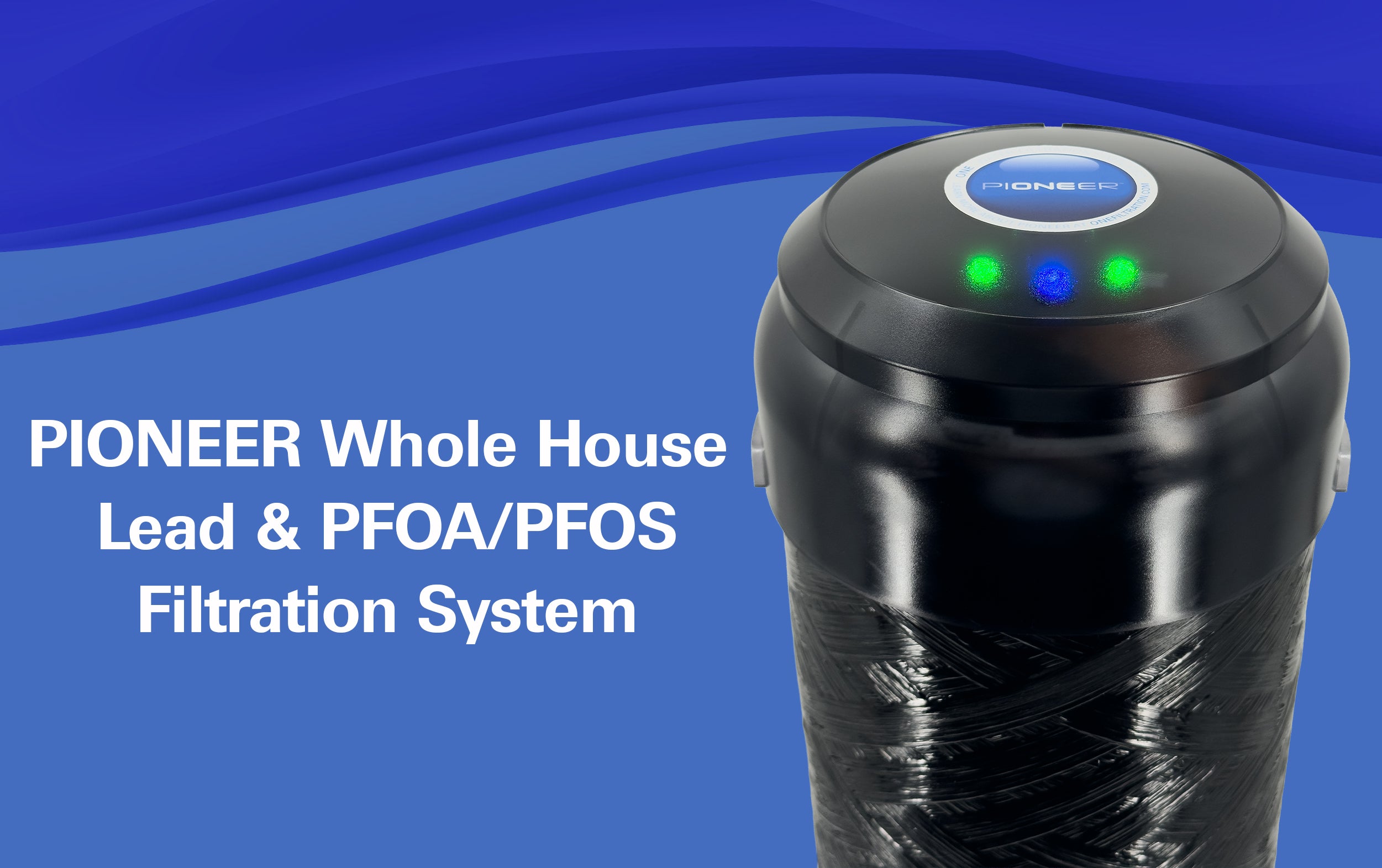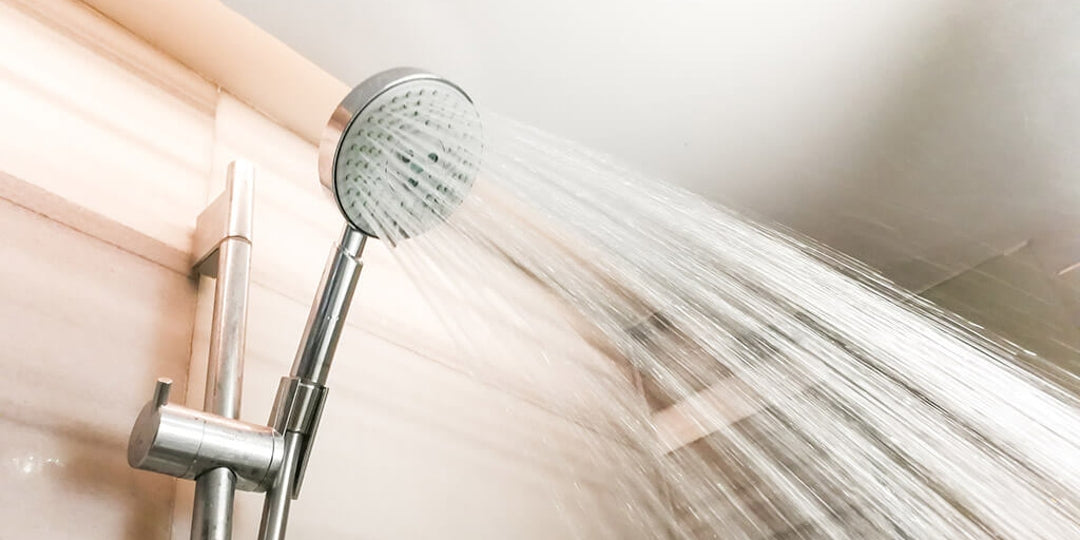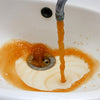Estimating Sizing for a Water Softener
On many sites across the internet one will find “sizing calculators” which are designed to help pick the right sized softener. Most of these tools won’t show or calculate efficiency in the calculation.
Because of this it is often a choice of softener that seems properly sized yet results in massive salt consumption (sometimes over six times the amount needed per year) instead of a correctly sized, efficient model that uses less salt over the same year. Why does this happen? It is simply that many dealers don’t understand the concept of softener salt efficiency and do not incorporate it into their sizing.
Understanding Efficiency
The efficiency of your water softener dictates how much salt you have to buy, have to lug, and how much salt gets discharged from the system. Sizing a softener and considering its salt efficiency will ensure a softener that never runs out of soft water but also uses the least amount of salt as possible. Over the life span of the water softener, this translates to significant cost savings and peace of mind.
Sizing a Water Softener
Properly sizing a water softener is all about matching your specific water quality and water use to a properly sized system that will minimize salt use and maximize soft water capacity.
The first step in sizing a softener is to calculate the "daily softening requirement". This is a measure of how much hardness the softener will have to remove daily. Daily softening requirement is calculated using measured water hardness and water consumption.
Measuring Water Hardness
Water Hardness is the measure of how much calcium and magnesium is dissolved in water. Depending on where a water test is performed this information will be reported in mg/L (milligrams per Litre) or GPG (grains per gallon). Grains per gallon is the industry-standard way to discuss water hardness. Dividing a measurement in mg/L by 17.1 will convert it to GPG. A "grain" of water hardness is equivalent to 1/7000th of a pound.
It is very important to know the water hardness when considering the purchase of a softener. Guessing at this number will result in an improperly sized system. Also, with some valves, when it comes to programming the softener it will ask for the hardness value. If the water source is a well then test for both hardness and iron. When iron is present in the water, the hardness value must be corrected. For every 1.0 ppm or mg/L of iron, 5 GPG of hardness needs to be added to the total hardness value. For city water the local water utility is mandated to test the water and publish the findings, which are normally found on the city, village, or town web site online.
Calculating Water Consumption
The second factor used to calculate the daily softening requirement is water consumption. Simply multiply the number of people living in the home by 75 gallons per day. This will give a fairly accurate guesstimate of daily water use.
Now Calculate the Daily Softening Requirement
Multiply your daily water use by your water hardness (corrected for iron). This number is your Daily Softening Requirement. Here's an example:
Hardness: 8 grains per gallon.
Daily Water Use: 5 People X 75 Gallons per day = 375 gallons per day.
Daily Softening Requirement = 8 grains per gallon X 375 gallons per day = 3000 grains per day.
In the example above, the softener will be removing 3000 grains per day. A softener is usually sized to regenerate about once per week, therefore multiply the grains per day by 7. For this example, a softener that can soften 21,000 grains of total hardness in order to regenerate once per week is needed.
Selecting the Correct Softener
At this point the total grains are estimated for a given week. Water softeners are usually sized so that they regenerate about once per week. Why once per week? A once-a-week regeneration strikes a good balance between keeping the resin bed fresh and not exerting excessive wear and tear on the valve. A water softener valve has moving parts that only move when the softener is regenerating. Regenerating once-a-week also keeps the water consumption low.
A mistake that can be made after getting a result of 21,000 grains of hardness for a week and thinking that a 24,000 grain capacity system will work best. To get the best salt efficiency, it is best to use the following as a basis to estimate the system to purchase, which is based on the highest salt efficiencies possible:
0.75 Cubic Feet of Softener Resin = 15,000 Grains Capacity – 24,000 Grain system
1.0 Cubic Feet of Softener Resin = 20,000 Grains Capacity – 32,000 Grain system
1.5 Cubic Feet of Softener Resin = 30,000 Grains Capacity – 48,000 Grain system
2.0 Cubic Feet of Softener Resin = 40,000 Grains Capacity – 64,000 Grain system
3.0 Cubic Feet of Softener Resin = 60,000 Grains Capacity – 96,000 Grain system
4.0 Cubic Feet of Softener Resin = 80,000 Grains Capacity – 120,000 Grain system
Most online sites don’t delve into efficiencies and proper sizing. A "32,000" grain system can also be described as a "1 cubic foot" system because it contains one cubic foot of softening resin. In order to get 32,000 grains capacity from this system the user would have to use 36 pounds of salt per regeneration! Alternately, you use 6 pounds of salt to regenerate a one cubic foot system, it will yield 20,000 grains of softening capacity. The one cubic foot unit will cost a little more than a 0.75 cubic foot unit but the savings in salt will make up for this cost difference very quickly. Less salt to buy, less salt to carry, and less salt discharged to the environment.
With this information, it still does not give the complete picture when purchasing a softener. The professionals at qualitywaterforless.com will also ask about the number of bathrooms, square footage, whether there are multi-head showers or multiple laundry rooms, city or well water, and other questions when sizing the correct system for a specific location and choosing the correct media. Our goal is the get our customers the best system for the needs of the home. This is information to be used as a reference. If you contact us, we will advise you according to the information you give us!















